#kacho e
Text

Gesso Yoshimoto - Swallows and Waves, color woodblock print
217 notes
·
View notes
Text

Toshi Yoshida - Eagle Owl, color woodblock print, 1968.
796 notes
·
View notes
Photo
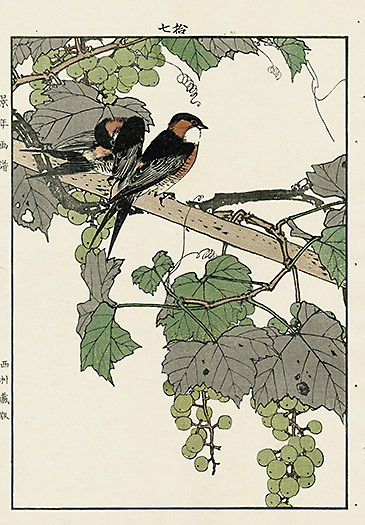

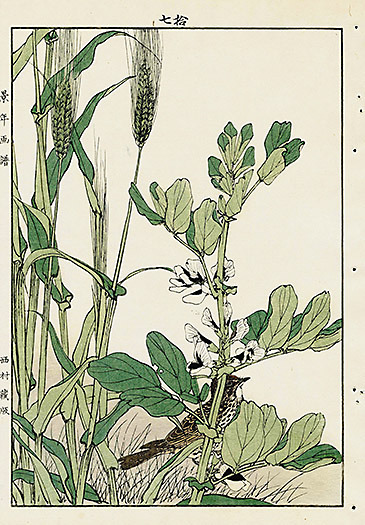
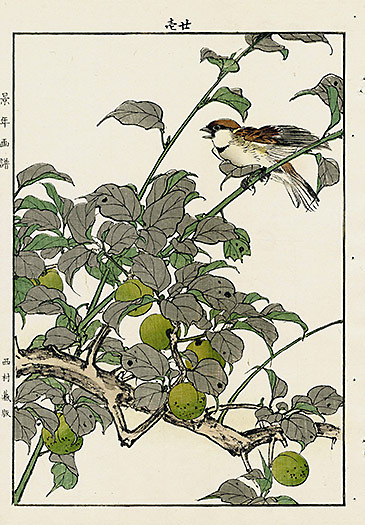
IMAO KEINEN
Sparrows, Grape Vines / Robins, Berries / Wheat, Thrush / Sparrow, Plum
Kacho Gafu, 1891
#japanese traditional art#ukiyo-e#shin hanga#woodblock print#imao keinen#keinen imao#kacho gafu#pictura#aesthetics#even the dog's bark
79 notes
·
View notes
Text
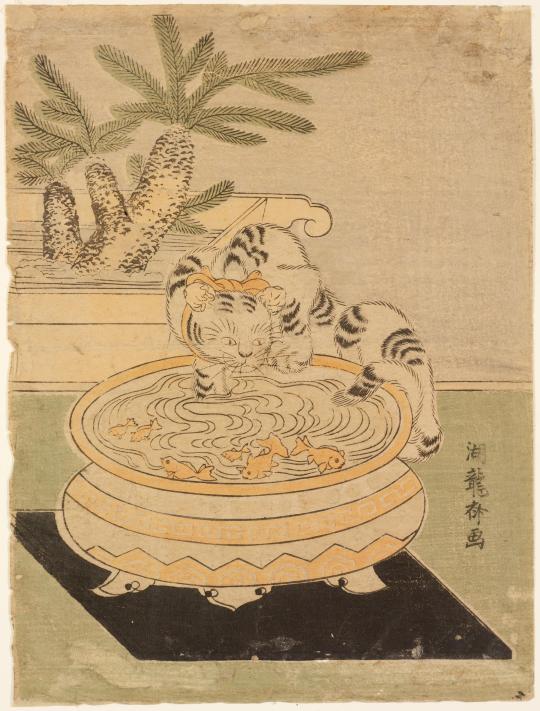
Isoda Koryūsai
Cat dipping a paw in a goldfish bowl
print; kacho-e
ca. 1774
160 notes
·
View notes
Text
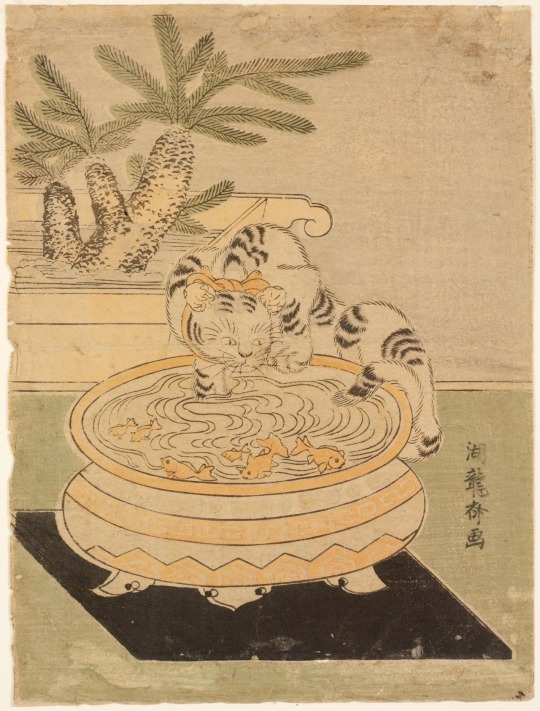
Isoda Koryūsai
Cat dipping a paw in a goldfish bowl
print; kacho-e
ca. 1774
9 notes
·
View notes
Photo
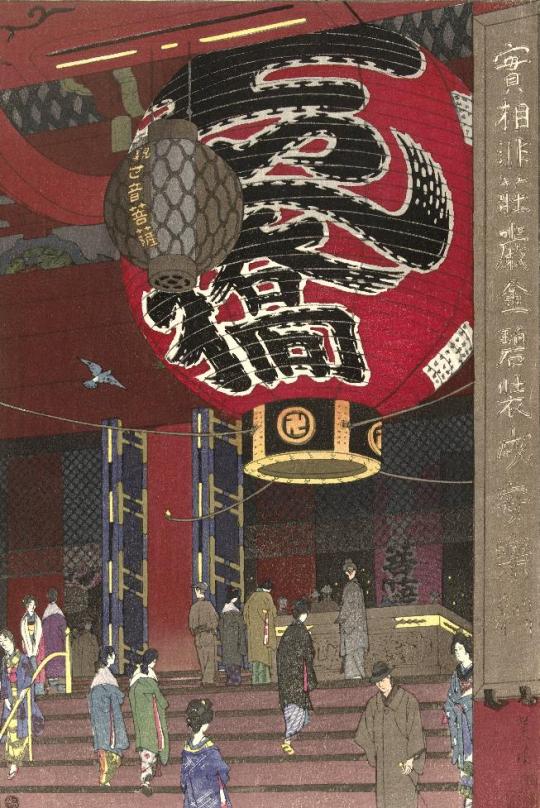
MWW Artwork of the Day (8/27/22)
Shirô Kasamatsu (Japanese, 1898–1991)
The Great Lantern of the Kannon Temple in Asakusa (1934)
Vertical ôban woodblock print, 38.2 x 26.4 cm.
Rijksmuseum, Amsterdam
Shirô Kasamatsu is one of the recognized masters of the Shin-hanga ("new prints") art movement that flourished in Japan from around 1915 to 1942, though it resumed briefly from 1946 through the 1950s. Inspired by European Impressionism, the artists incorporated Western elements such as the effects of light and the expression of individual moods, but focused on strictly traditional themes of landscapes (fukeiga), famous places (meisho), beautiful women (bijinga), kabuki actors (yakusha-e), and birds-and-flowers (kacho-e). Shin-hanga is often defined as "neo-ukiyo-e" under the shadow of the ukiyo-e tradition. While shin-hanga prints retain much of the ukiyo-e tradition in terms of subject matter, they reveal vastly different techniques and sensibilities.
11 notes
·
View notes
Text
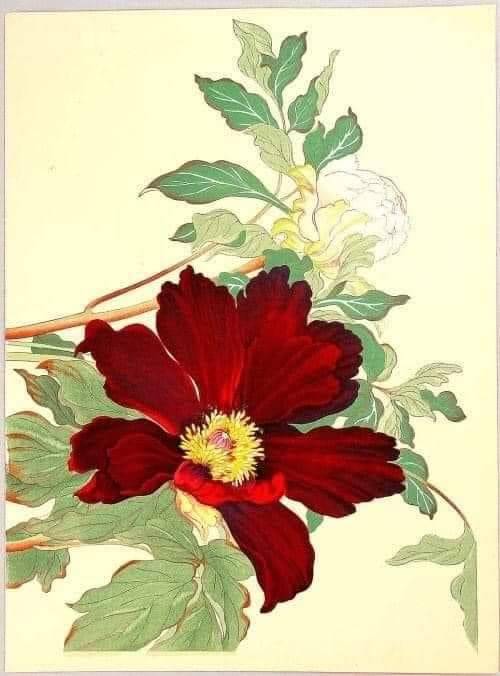
"Tanigami Konan (1879-1928) Peonies, c.1910
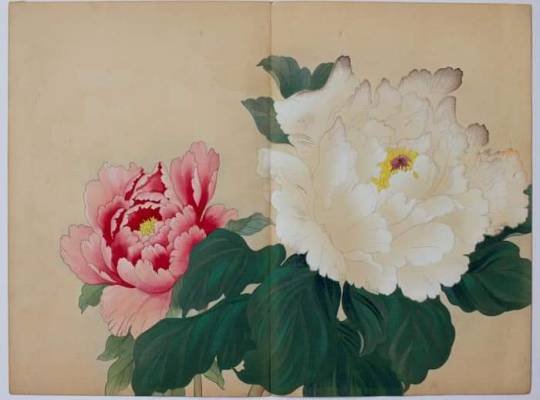
Peonies, from: Shôkei-Kaki-chô (Selected Flower Pictures)

Publisher: Unsôdô, published in Kyoto: Taishô 12 (1923), Original Japanese Woodblock Print, Size: Oban Diptych (c 39,5 x 53 cm)
Tanigami Konan (1879 - 1928)
Tanigami Konan was born 1879 in Hyogo prefecture and is a well known Kacho-e (birds and flowers) Nihon-ga artist. He was the first Japanese artist to paint Western flowers and is renown for his vivid, true-to-life painting of flowers.
Tanigami Konan produced five volumes of pictures of Western plants which were published by Unsodo circa 1917/18. This series is called 'Seiyo Soka Zofu', (A Picture Album of Western Plants and Flowers). Depicting lush flowers and exotic plants in full bloom and organised as a visual record of garden flowers, two volumes each were devoted to the spring and summer seasons, while the 5th volume combined the flowers and plants that flourished in the autumn and winter seasons.
Konan is mostly known for his signature peony series. In 1917 he was selected to produce a series of twenty-four peony prints for the Teiten (Imperial Exhibition). - More info and images here - https://www.ohmigallery.com/DB/Artists/Sales/Tanigami_Konan.asp
> Steve Gallagher > Public Domain Photos and Images
5 notes
·
View notes
Text
VIDEO: Kacho lo a morde un dama
Djabièrnè 11 di ougùstùs 2023 alrededor di 09.29’or, Sentral di Polis a risibí notifikashon di
un kaso kaminda algun kacho lo a morde un dama den Kaya Pronoia.
Na yegada di e unidat polisial a bin topa ku un dama ku algun herida grave di morde di
kacho na altura di su pia, kurpa i kara.
For di investigashon ku polis a hasi na e sitio a sali na kla ku e dama aki tabata kanandó den
e kaya ariba…

View On WordPress
0 notes
Text
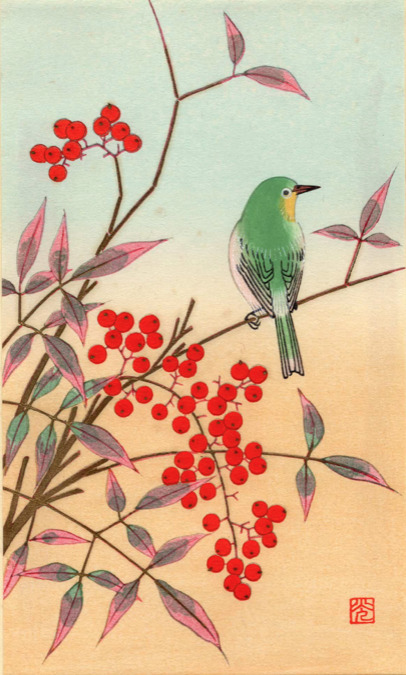

Shizuo Ashikaga Prints of flowers and birds (kacho-e) ca. 1950
157 notes
·
View notes
Photo
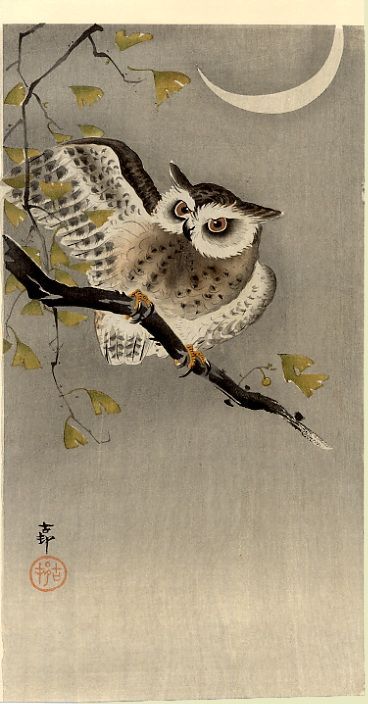

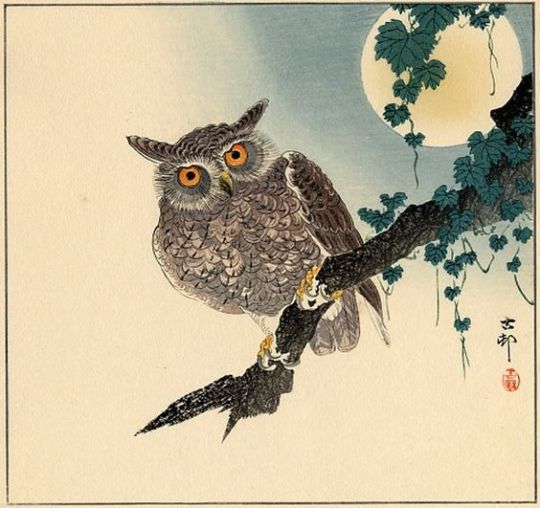
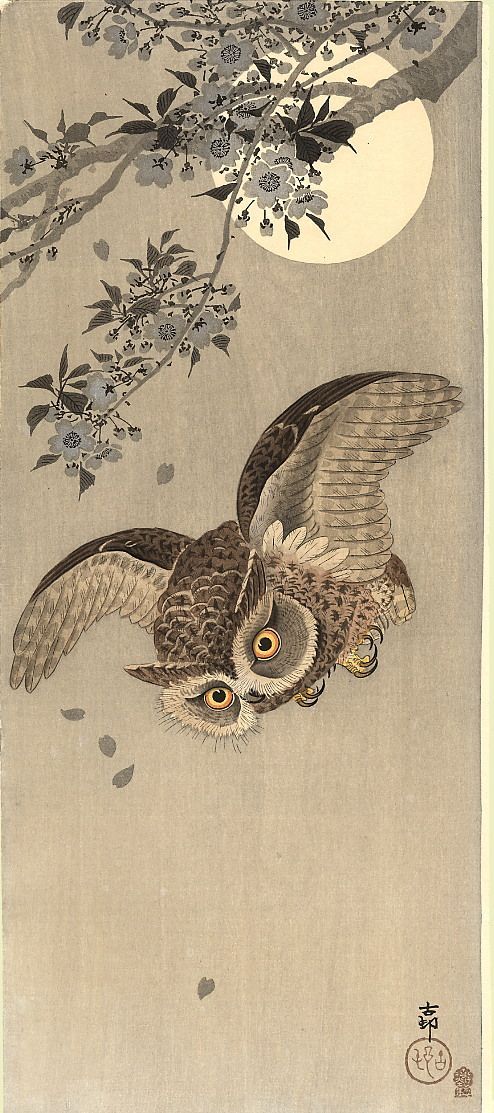
Koson Ohara (1877 – 1945) fue un pintor japonés y diseñador de impresión de finales del siglo XIX y principios del siglo XX, y reconocido como parte del movimiento shin-hanga (“nuevas impresiones”). A pesar de que produjo algunos trípticos de ukiyo-e que ilustran episodios de la guerra ruso-japonesa, la mayor parte de su producción estuvo basada en la creación de preciosas impresiones de pájaros, animales y flores (kachō-e). Ohara fue el grabador más conocido de kacho-e en el siglo XX y sus impresiones siempre fueron muy apreciadas por la comunidad de coleccionistas. El artista estuvo activo diseñando estampas hasta por lo menos 1935 y sus trabajos fueron exportados en gran número a los Estados Unidos.
Imagen vía Pinterest
#Japan#japanese culture#japanese art#japanese artist#ohara koson#woodblock prints#shin hanga#ukiyo_e#kacho e#inspiration#animals#birds#owls
10 notes
·
View notes
Photo


IMAO KEINEN
kacho gafu, 1891
#japanese traditional art#ukiyo-e#shin-hanga#shin hanga#woodblock print#imao keinen#keinen imao#kacho gafu#keinen kacho gafu#illustration
235 notes
·
View notes
Text
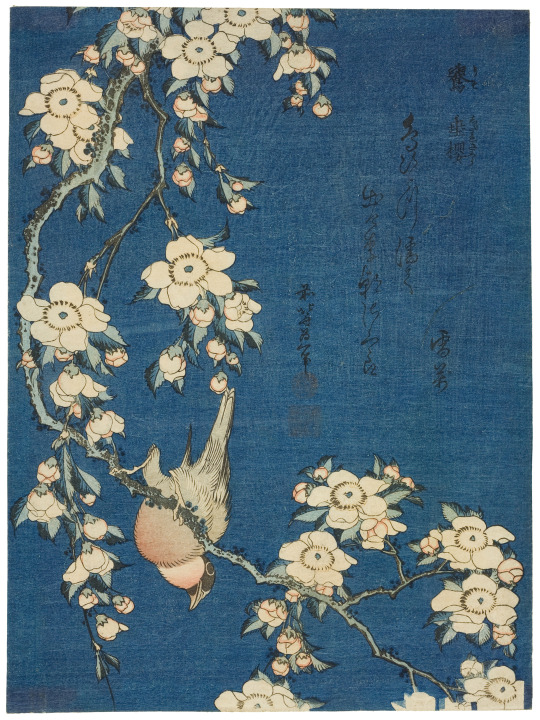
Katsushika Hokusai - Bullfinch and Weeping Cherry (Uso, shidarezakura), color woodblock print from an untitled series known as Small Flowers, 1834.
96 notes
·
View notes
Photo
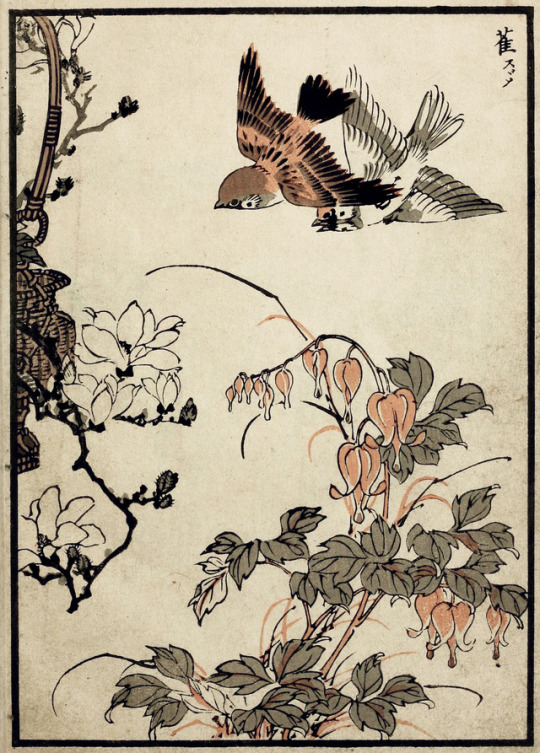
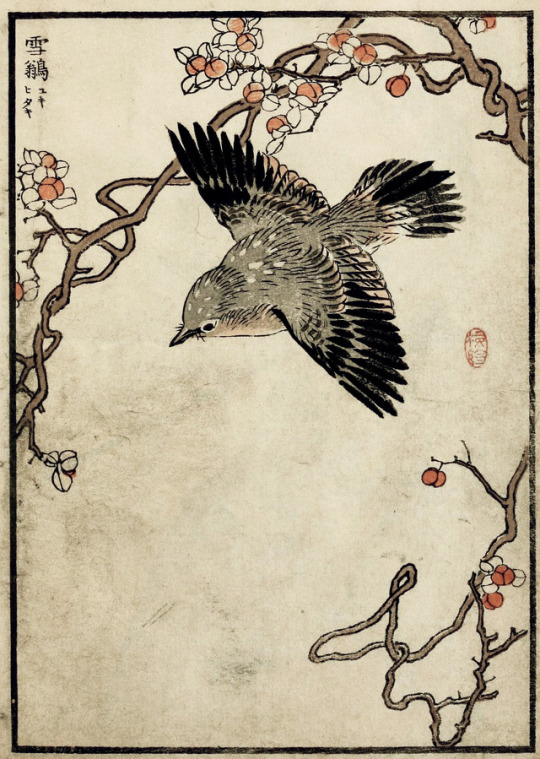
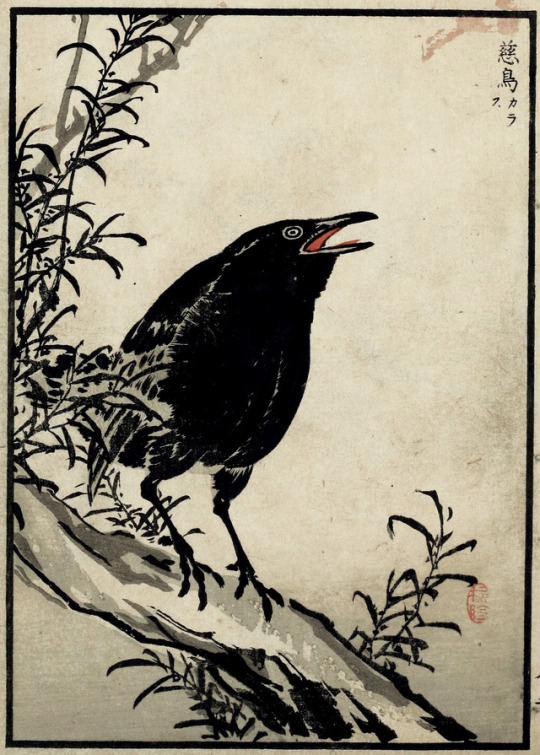

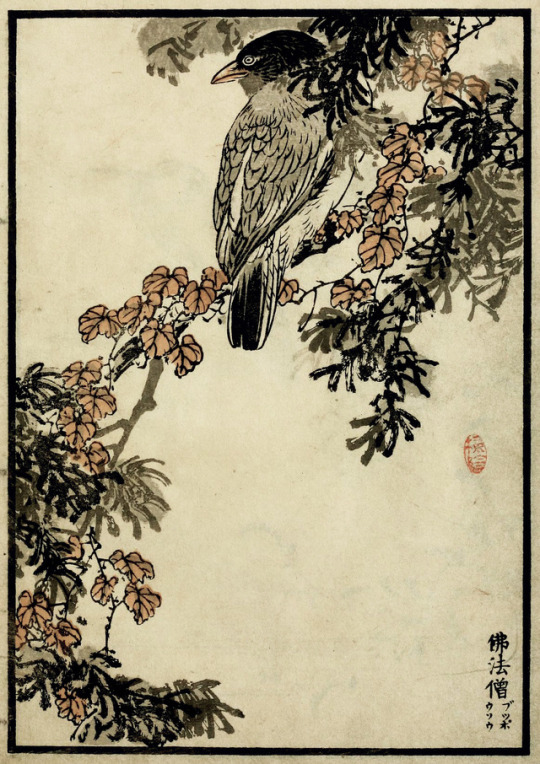
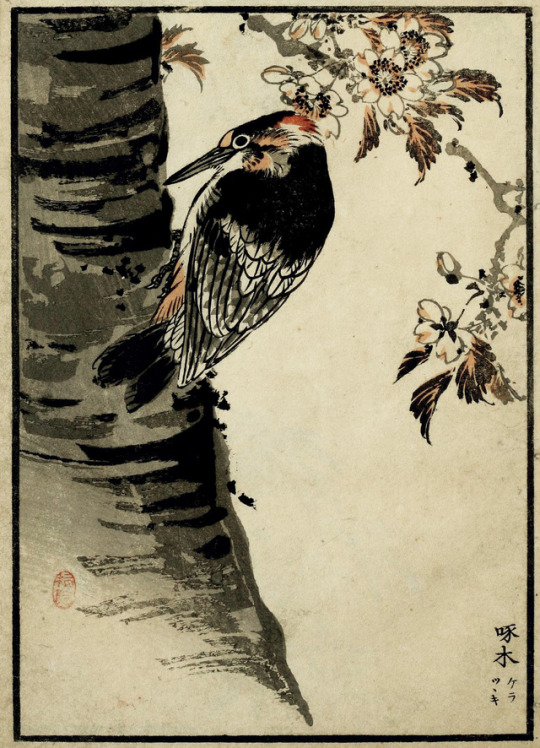
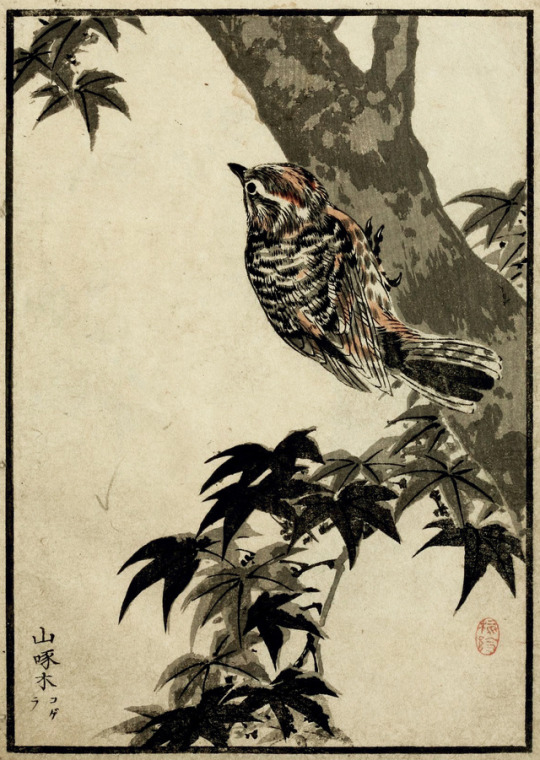

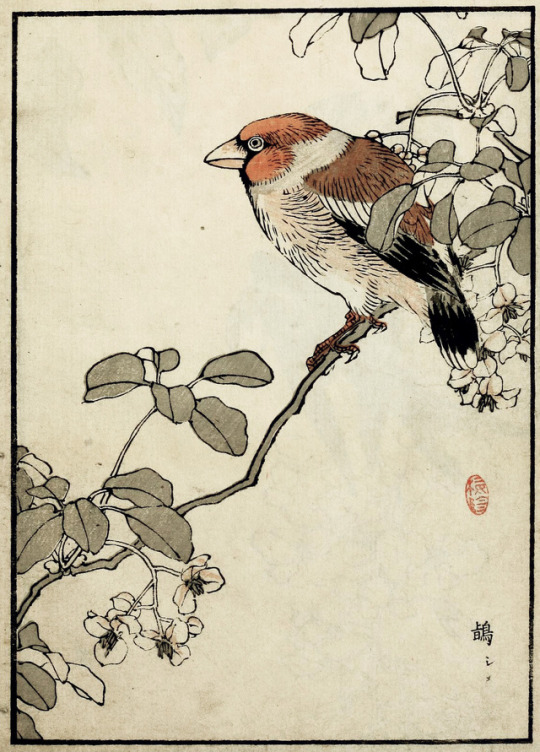
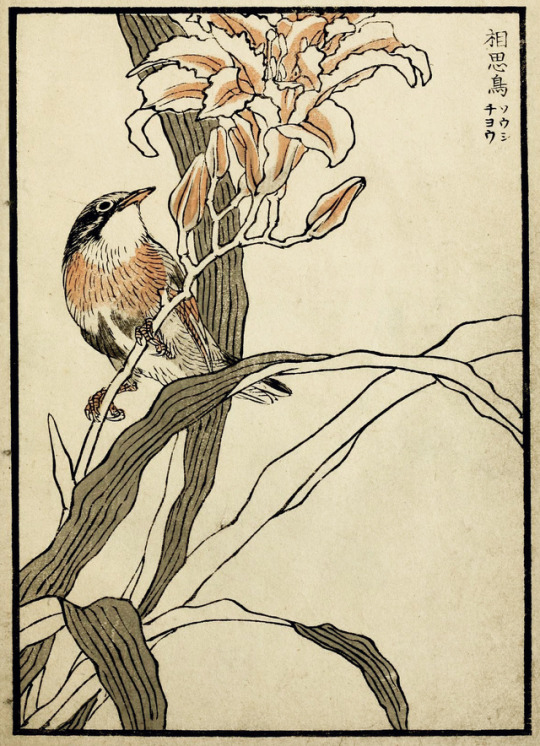
Kōno Bairei (1844-1895), ''Bairei hyakucho gafu''. Vol. 3, 1881
Source
#kōno bairei#japanese artists#japanese painters#birds#animals#plants#bairei hyakucho gafu#ukiyo-e school#ukiyo-e#kacho-e painting#kacho-e#vintage art#vintage paintings
829 notes
·
View notes
Photo
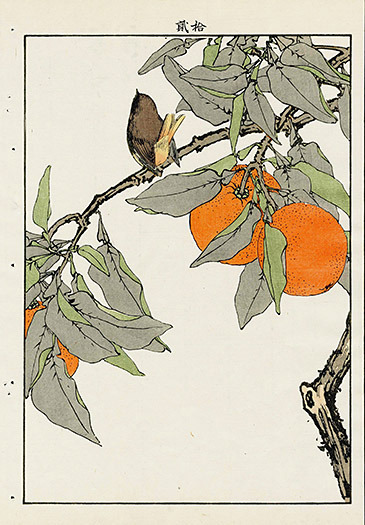
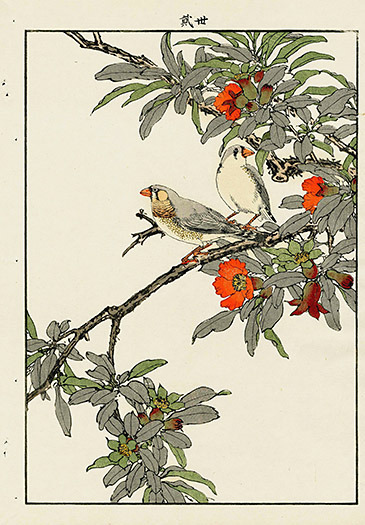
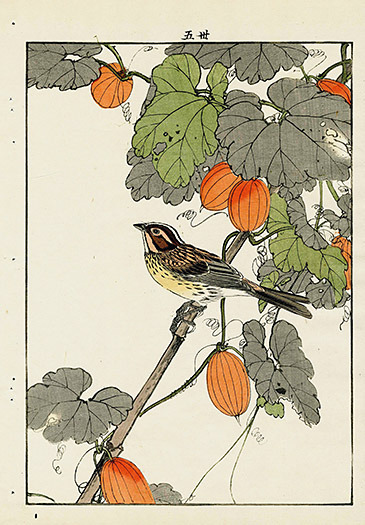

IMAO KEINEN
Citrus, Wren / Finch, Blossoms / Perching Bird, Gourd / Japanese White Eye, Persimmon
Kacho Gafu, 1891
#japanese traditional art#ukiyo-e#shin hanga#woodblock print#imao keinen#keinen imao#kacho gafu#pictura#aesthetics
59 notes
·
View notes
Text
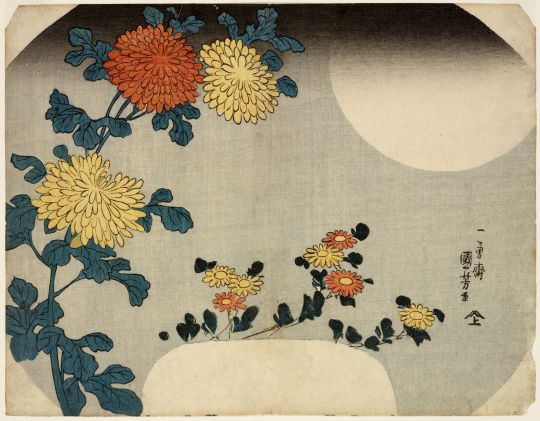
Utagawa Kuniyoshi, Japanese, 1797-1861
Ibaya Sensaburo, publisher, Japanese, 19th century
Chrysanthemums under the moon (Tsuki ni kiku)
fan print; kacho-e; nishiki-e; uchiwa-e
ca. 1830
#utagawa kuniyoshi#chrysanthemum#japanese art#woodblock print#ukiyoe#color woodblock#japanese#woodcut
61 notes
·
View notes
Photo
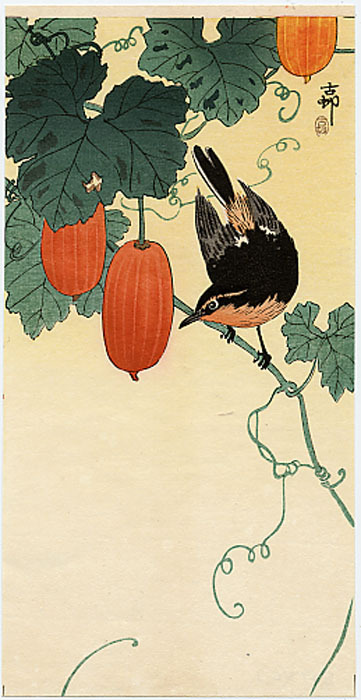
A Flycatcher on a Cucumber Bush, Ohara Koson, ca. 1910
#art#art history#Asian art#Japan#Japanese art#East Asia#East Asian art#Ohara Koson#shin-hanga#animals in art#bird#birds#birds-and-flowers#kacho-e#Meiji Restoration#Meiji Period#20th century art
105 notes
·
View notes